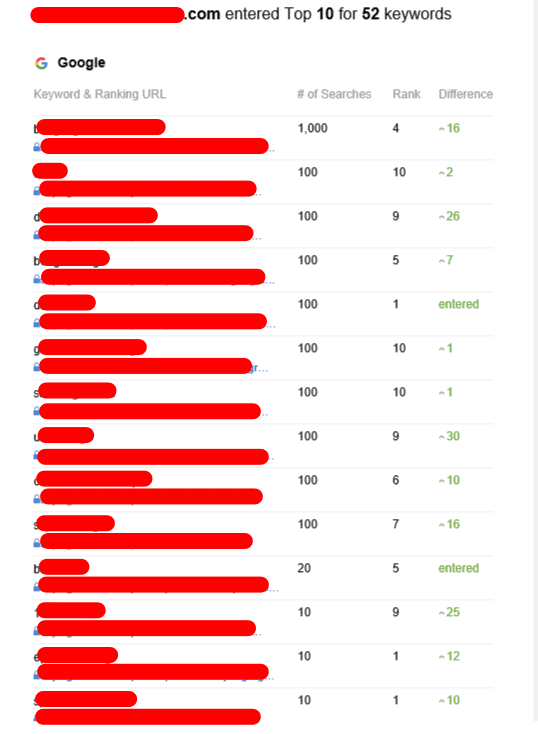Tiered Link Building
Tiered link building is an extremely popular SEO backlink-building strategy that improves the PageRank value of your website. It is a black-hat method however, and it could result in an infringement penalty from Google.
First-tier links are high-quality, relevant backlinks that bring lots of PageRank to your site. These links are typically acquired through guest posts, press release, social media profiles and directories.
Tier 1
Tiered link building is a method to increase your domain authority by linking to pages on other websites that have an impressive ranking. This is known as link juice transfer, and it is a highly effective method of SEO. Link building can be done either manually or by using automated tools. It is vital to follow Google's Webmaster Guidelines if you use automated tools. Otherwise, you may end up violating the terms of service and could be penalized.
A first-tier backlink dofollow hyperlink that passes PageRank value from its parent site to its targeted website. These links can be obtained through the creation of relevant content and participating in link outreach. Ideally, you should get links from trusted sources that have an impressive domain authority. For instance, a first-tier link to Real Business could be useful for your specific niche because it will transfer a lot of ranking power to your website.
Second-tier links can be used to improve your domain's authority by directing them to guest blog posts on higher-ranking websites. This is a great method to boost your rankings as it indicates that you have a good connection with the higher authority site. These links can be obtained through social media, forums and bio profiles. You should stay clear of Tier 2 backlinks from websites that have spammy content.

Tier 2
Tier 2 backlinks can be a great way to increase the power of your existing links. These links can help you improve your position on Google and drive more visitors to your website. Tier 2 links are also less expensive than first-tier ones. However you should only create backlinks in tier 2 to pages that have a high authority on domains. Your campaign will be successful if you select the right link-building strategies.
Quality is less important for links from tier 2 than for the first-tier. You can also use hyperlinks from sites with less domain authority, as long as the links aren't viewed as to be spammy. This includes directories, review sites, and social bookmarking websites. Additionally, it includes forum links as well as web 2.0 links. However, it is essential to avoid using automated tools to create tier 2 backlinks because they are easily flagged by search engines.
It is crucial to pick an organization that is tier-2 in donor status, has a positive reputation and is relevant to your subject. If you write about digital agencies, for instance, you should search for a site that has a strong SEO profile and an extensive online audience. 2 tier backlink to waste time and money if you don't. For this reason, it is recommended to pick an tier 2 donor site that has a DR between 20 and 50.
Tier 3
Typically, tier 2 links can be used to boost existing links that already have page level power. They can also be used to increase the authority of new sites or blog posts that require some additional help to rank on Google. But, you must be cautious when you make use of backlinks from tier 2. You shouldn't use them for direct links to your website for money, and it's recommended that you only build second-tier backlinks using high quality sites with good domain authority.
Second-tier hyperlinks can include a mix of dofollow and nonfollow hyperlinks and should come from reliable, relevant websites. This includes PBNs, article directories, forums and social media content and web 2.0 sites. However, it is important to remember that you must adhere to Google's guidelines when constructing links on these types of websites.
Tier 3 links are the lowest-quality links in your link-building strategy. Although they are usually non-follow links with a low amount of link equity, they can nevertheless help boost the domain authority of your site. This could help it get higher rankings on search engine results and lead to more traffic and sales.
Many SEO practitioners are now using tier-based link building but there are risks. In fact, it can be considered a grey-hat SEO method that doesn't conform to Google's guidelines and could lead to penalties. While it can be effective in some cases however, it's vital to do your research and choose the best strategy for your company.
Risks
Tiered link development is a controversial method which can be detrimental to your website's SEO. Despite the benefits, tiered link building should only be utilized when they are the sole option to boost your backlink profile and have the resources for working on large scale. Otherwise, you could end up spamming Google's algorithm and risking a penalty.
Tier links can be a risk particularly when they are used in a black-hat manner. These are usually linked schemes that are only for a short time. Then, either Google will be able to recognize the scheme or you'll get bored of performing maintenance on fake backlinks, and the entire thing will fall down.
The possibility that tiered links may cause harm to your rankings due to the distribution of too the link juice is another problem. Your performance will be affected if you get too many links from websites of low quality. This happens when companies use automated backlinking tools to build up too many links.
In addition, tiered hyperlinks are difficult to track and monitor. It is imperative to use a tool which lets you see all links within your backlink profile, so you can keep track of their performance. It's easy for you to overlook certain hyperlinks and lose their importance. There are a variety of ways to create backlinks that are ethical and have long-lasting benefits.
